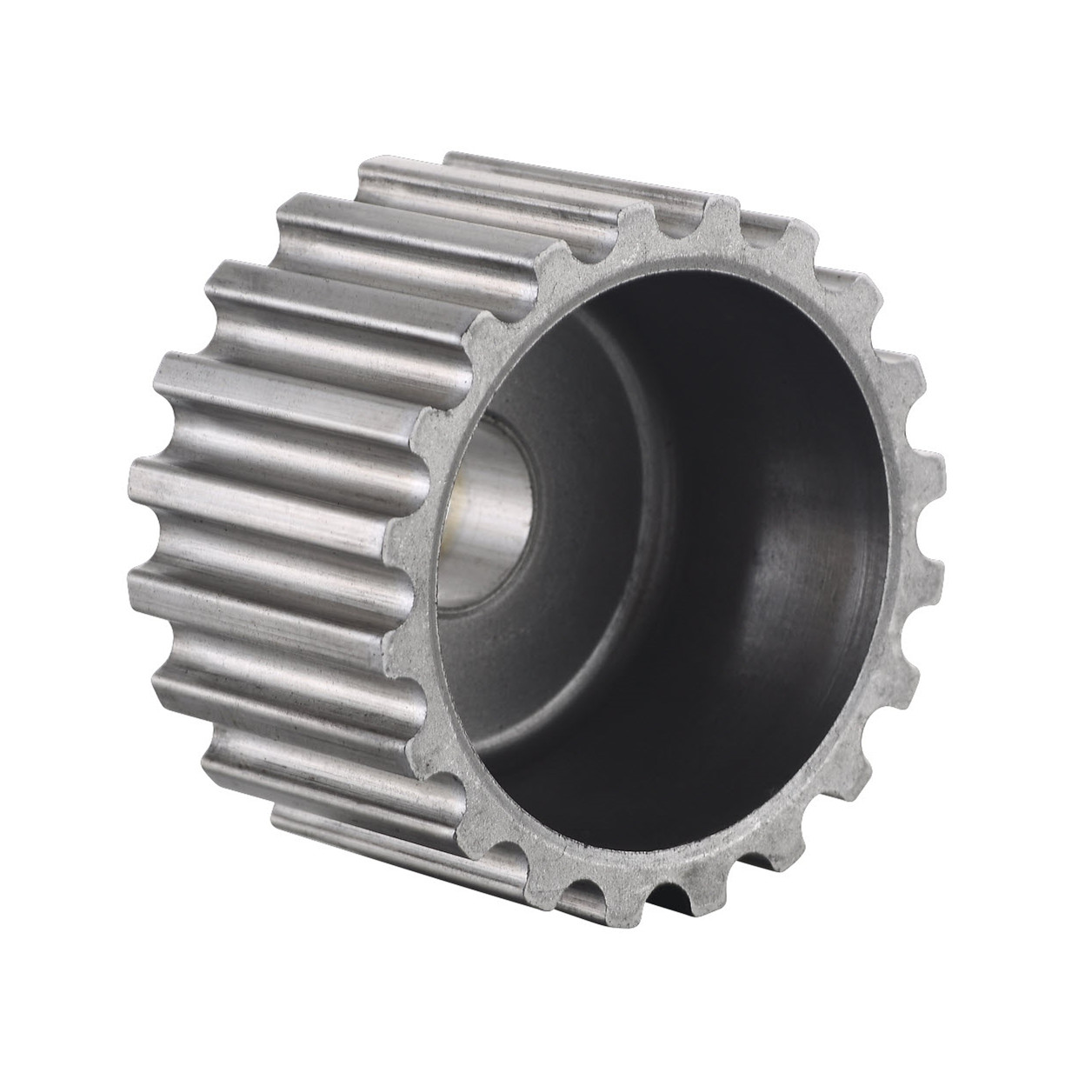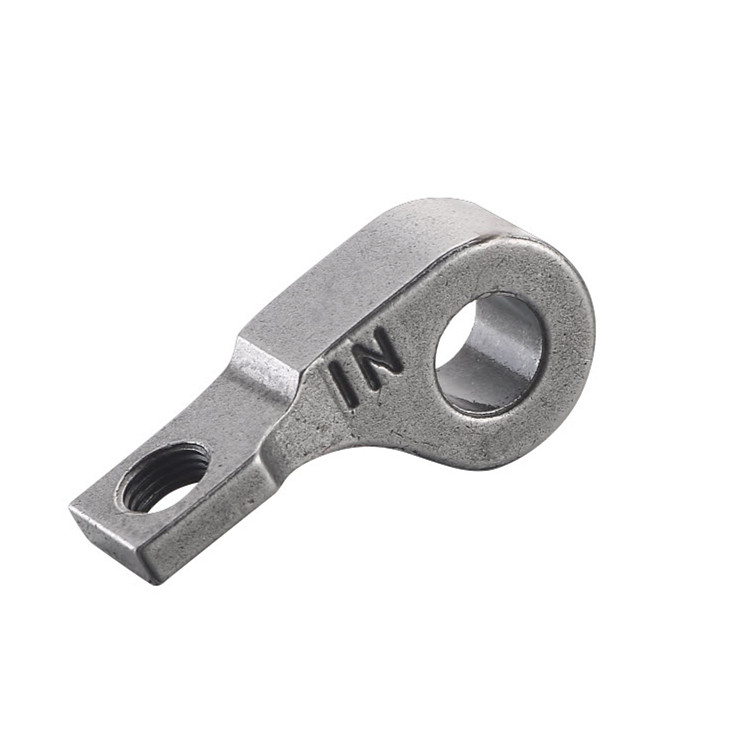
Powder Metallurgy Stator The Powder Metallurgy Stator i […]
Powder Metallurgy Stator
The Powder Metallurgy Stator is an oil-hydraulic motor stator. Its constituents are represented by weight percentages, with the majority of the material made up of iron (93.1%-98.2%), carbon (0.13%-0.9%) and forming agent (0.03%-1%). The powder is made in a specialized mill and a flat stone mill is used to obtain short transverse dimensional accuracy.
Powder metallurgy stators are typically used in hydraulic motors with 3,000 PSI or higher pressure ratings. Their composition is 98.2 percent iron, 0.2 percent copper, 0.3 to 0.9 percent carbon, and a forming agent. The process of manufacturing a Powder Metallurgy Stator is a complex one, with each stage involving pressing, sintering, steam processing, and milling two end faces using a flat stone mill.
The Powder Metallurgy Stator is manufactured by utilizing a proprietary process. The raw material is composed of 93.1-98.2 percent iron, 0.1-0.5 percent copper, and 0.3 to 0.9 percent carbon. The process of manufacturing a Stator using the powder metallurgy process includes sintering, pressing, sizing, and steam processing. The powder metallurgy process is the least expensive method of manufacturing a Hydraulic Motor Stator.
The powder metallurgy process is used to manufacture a hydraulic motor stator for 3,000 PSI or higher. This process comprises four steps: pressurizing, sintering, and steam processing. After this step, the resulting material undergoes a series of finishing processes. A flat stone mill is used to grind the stator's two end faces. This process is used to make a Hydraulic Motor Stator that has a 3,000 PSI pressure rating.
The Powder Metallurgy Stator is an automobile power steering pump stator that uses a high pressure-rated material of iron, copper, and forming agent. Its constituent parts include 93 percent iron, 0.5 percent copper, and 0.3 to 0.9 percent carbon. The materials are blended together to form the finished product. The process includes pressing, sintering, and milling the two end faces of the stator.
The Powder Metallurgy Stator is used for 3,000PSI-rated hydraulic motors. The material is made from a mixture of ninety-two percent iron, 0.1 percent copper, 0.3 to 0.9 percent carbon, and 0.5 to one percent forming agent. The material is then heated and shaped in a variety of ways. The process of manufacturing a powder metallurgy Hydraulic Motor Stator is quite simple and can be carried out in the same manner as other types of metal.
The Powder Metallurgy process offers several advantages over die casting. It allows for more flexibility in the type of material used and produces high-quality, net-shaped components. It is also energy-efficient, and uses less scrap than die casting. The process of sintering is less energy-consuming than melting metal. This saves valuable resources and helps manufacturers produce more durable products. A Powder Metallurgy Stator is an important tool in the production of automobile parts.
